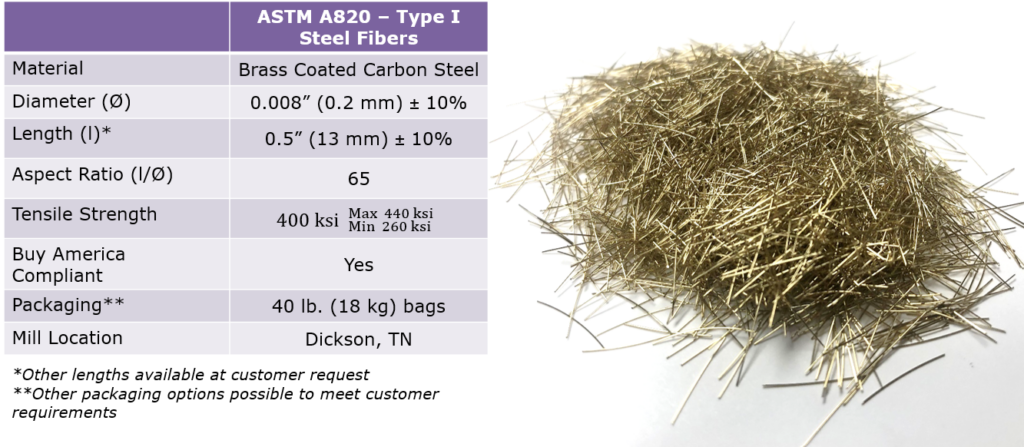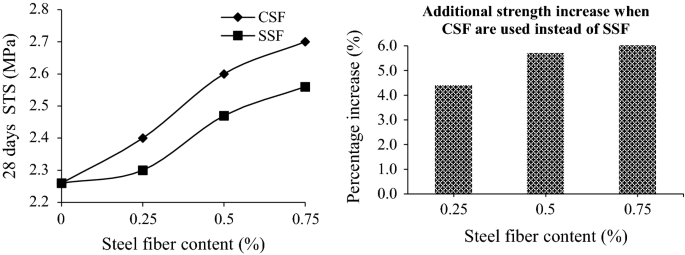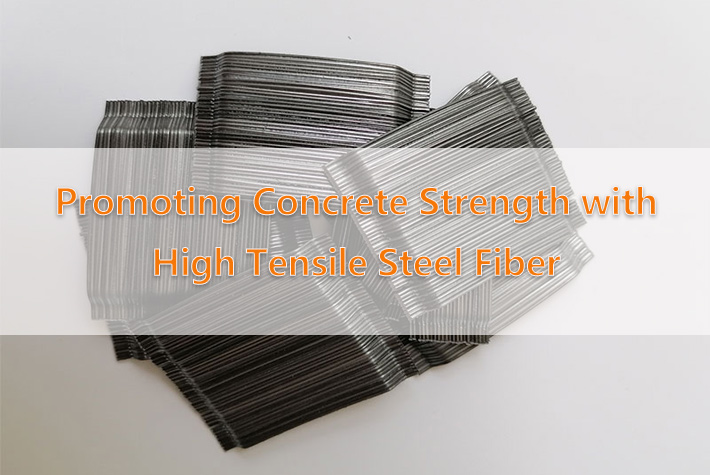This guide covers the composition, benefits, and applications of high tensile steel fiber for concrete reinforcement. Explore its ability to improve crack resistance, flexural strength, and overall durability. Whether you’re involved in construction or interested in the topic, this article offers valuable insights into the use of high tensile steel fiber in concrete reinforcement.
Understanding High Tensile Steel Fiber
High tensile steel fiber consists of small, uniformly shaped steel fibers with high tensile strength. These fibers are typically added to the concrete mixture to enhance its structural properties and provide superior reinforcement compared to traditional materials.

Advantages of High Tensile Steel Fiber Reinforcement
High tensile steel fiber reinforcement offers several advantages for concrete structures. It significantly improves crack resistance, reducing the formation and propagation of cracks caused by shrinkage, temperature changes, or external loads.
Additionally, high tensile steel fiber enhances flexural strength, making the concrete more resistant to bending stresses and increasing its load-bearing capacity. Furthermore, it improves overall durability and impact resistance, prolonging the lifespan of the structure.
Applications of High Tensile Steel Fiber in Concrete
High tensile steel fiber reinforcement is widely used in various concrete applications. It is commonly utilized in industrial flooring, tunnel linings, bridge decks, and precast elements. High tensile steel fiber-reinforced concrete is also suitable for airport runways and pavements, providing enhanced performance under heavy traffic and dynamic loads. Moreover, it is beneficial for seismic-resistant structures, ensuring greater resilience during earthquakes.

Example: High Tensile Steel Fiber in Bridge Deck Construction
An excellent example of high tensile steel fiber application is in bridge deck construction. By incorporating high tensile steel fibers into the concrete mix, bridge decks gain enhanced crack resistance and flexural strength. This reinforcement reduces the formation of surface cracks and prevents water penetration.
Protecting the underlying structure from corrosion and deterioration. High tensile steel fiber reinforcement ensures the longevity and structural integrity of bridge decks, even in harsh environmental conditions.
Conclusion
In conclusion, high tensile steel fiber reinforcement provides significant benefits for concrete structures. It improves crack resistance, flexural strength, and overall durability, enhancing the lifespan of constructions. High tensile steel fiber is widely used in industrial flooring, bridge decks, tunnel linings, and seismic-resistant structures.
By incorporating high tensile steel fiber into concrete mixtures, construction professionals can significantly improve the strength and performance of their projects. With its exceptional properties and reliability, high tensile steel fiber remains a valuable choice for concrete reinforcement.
